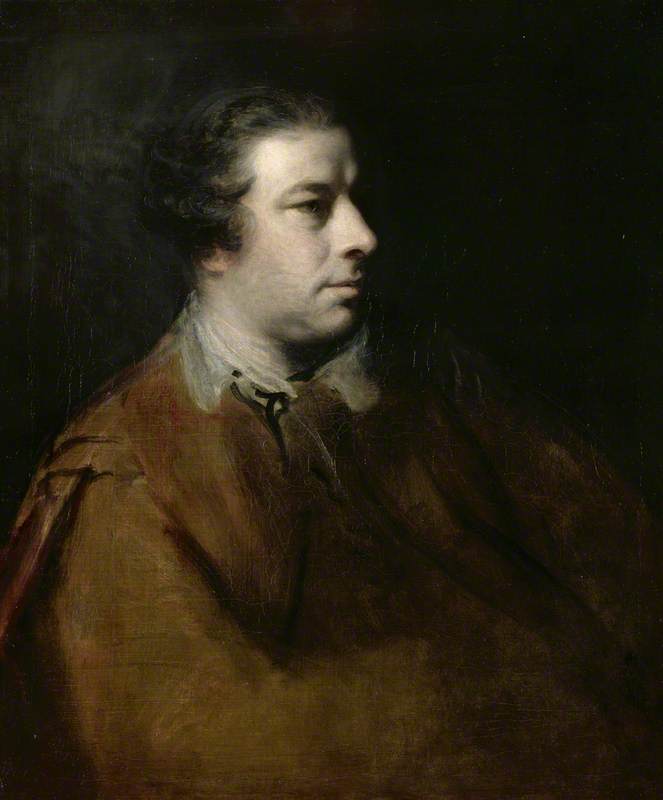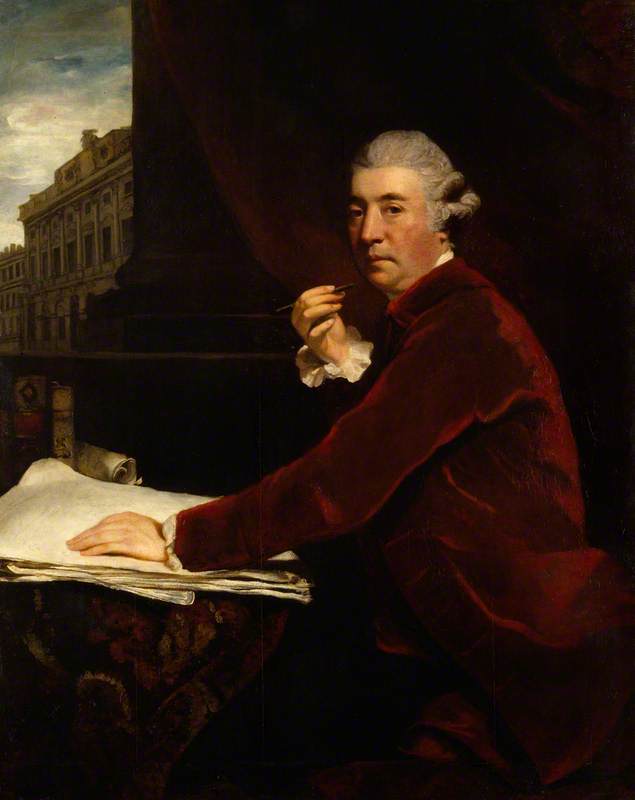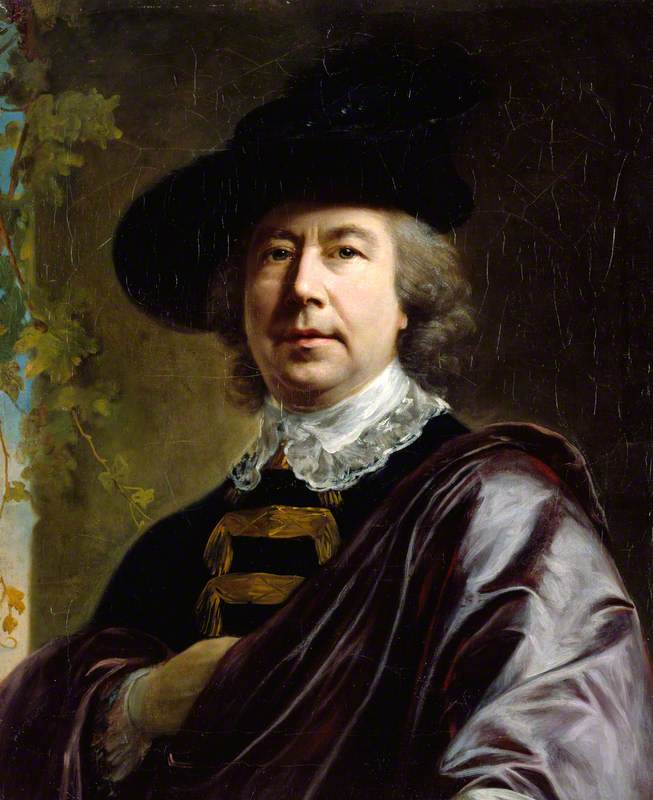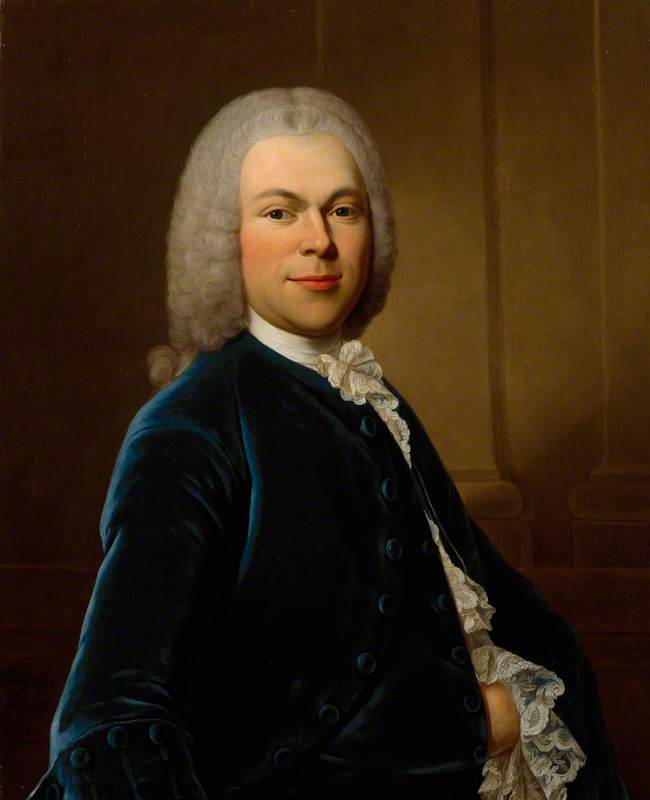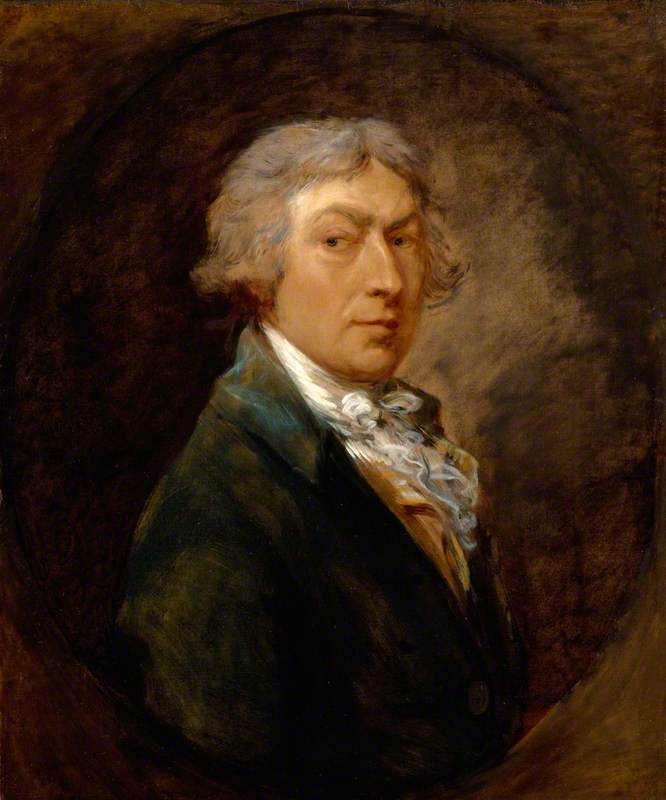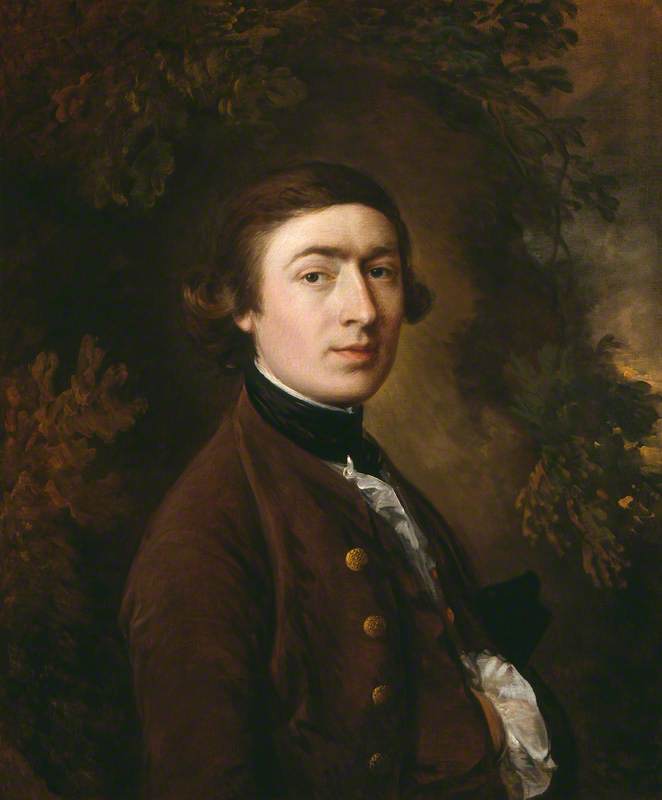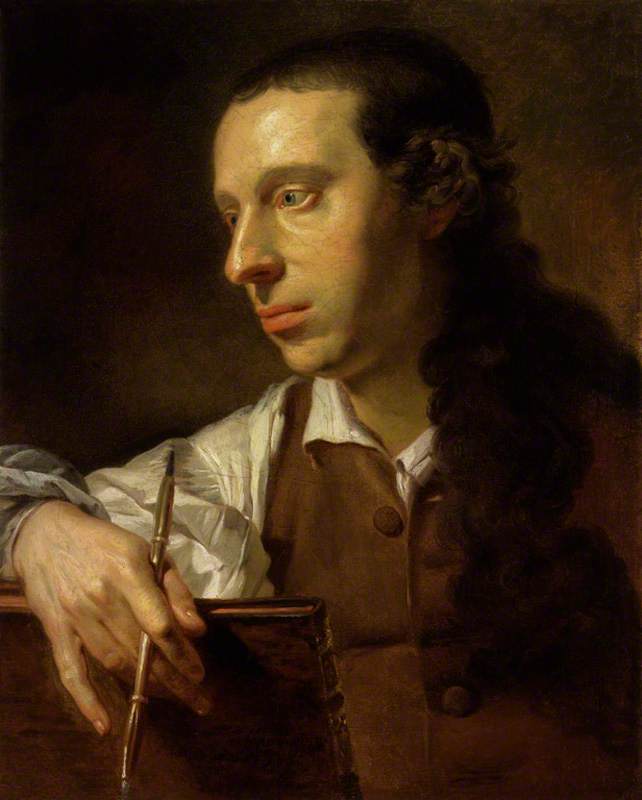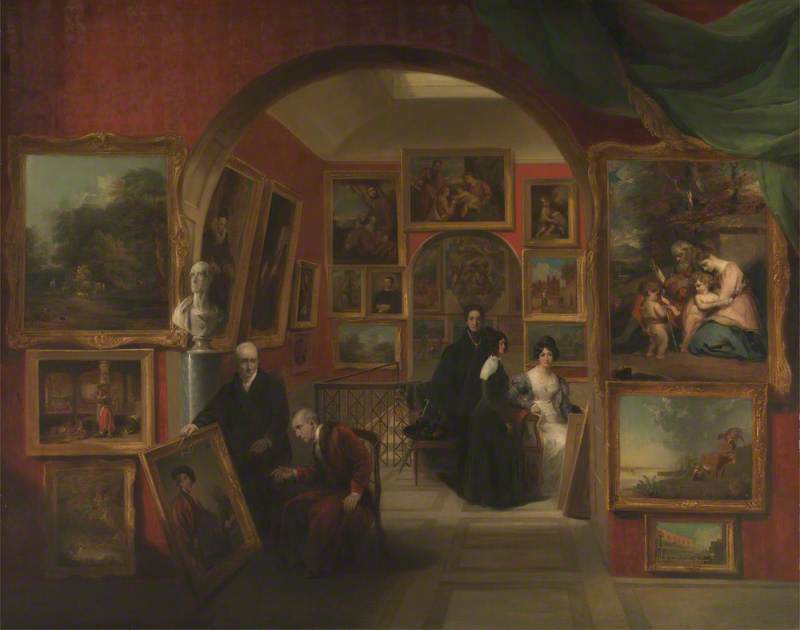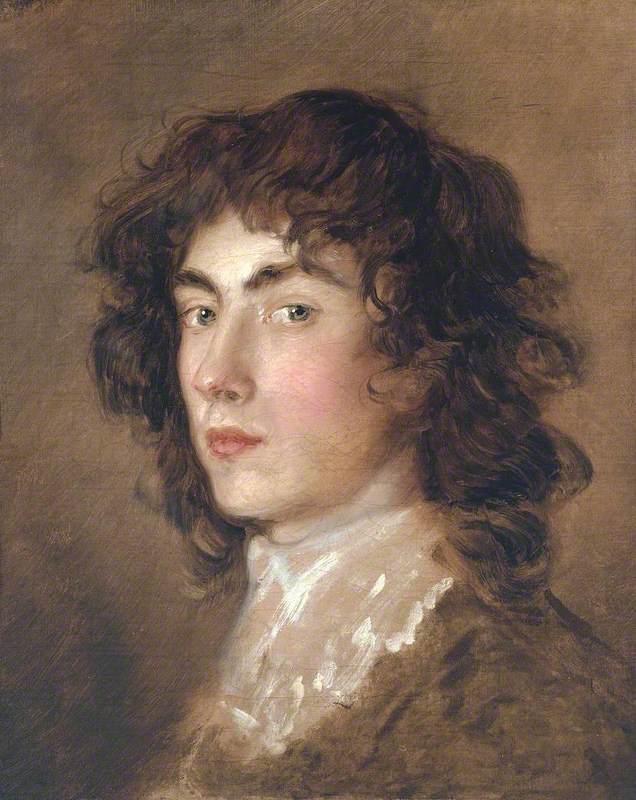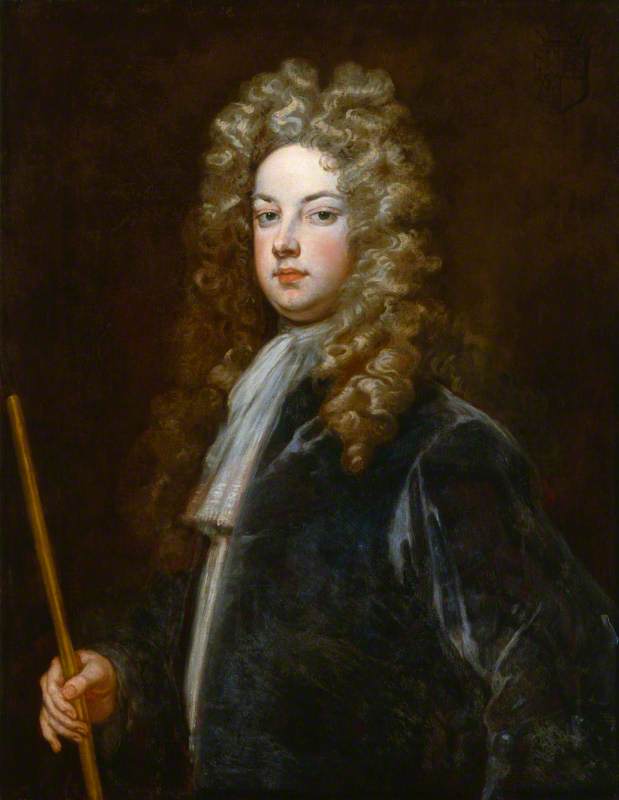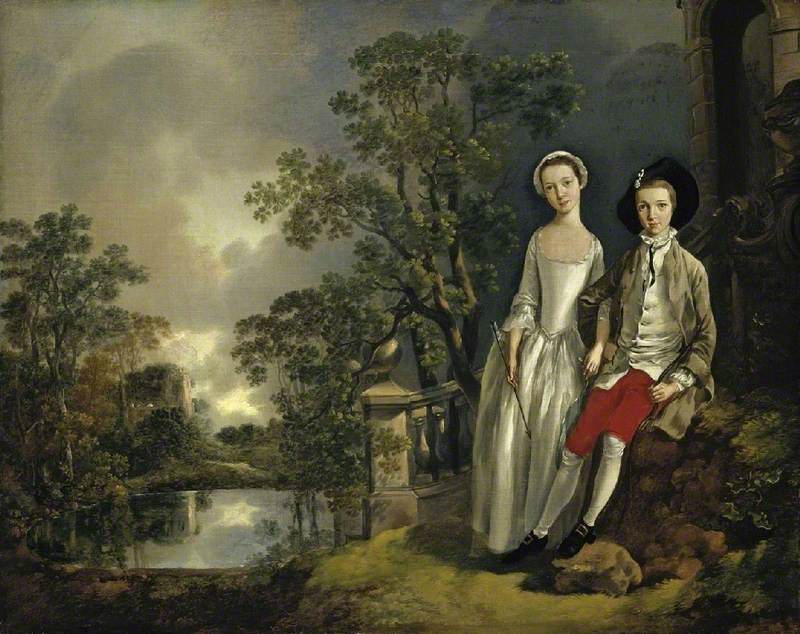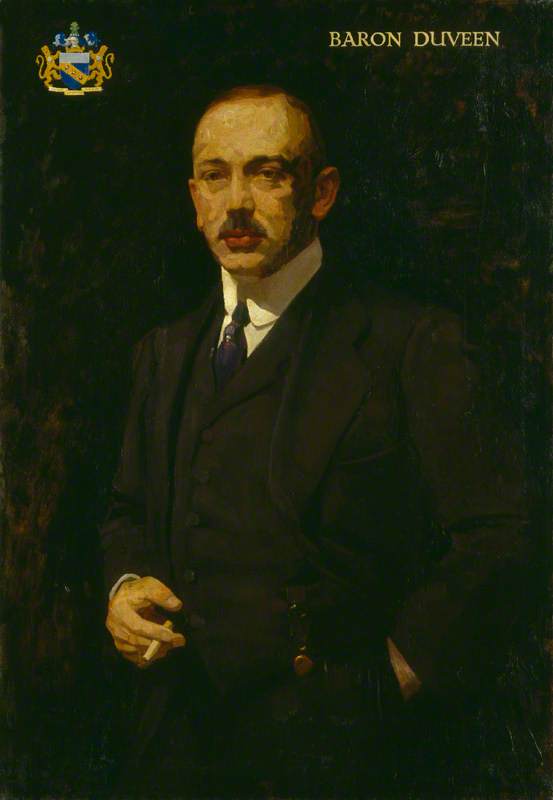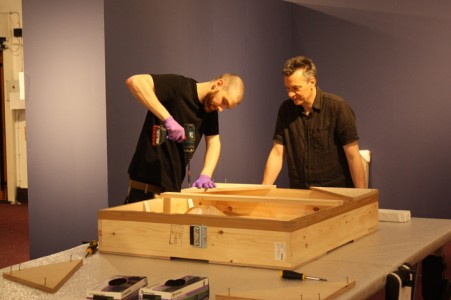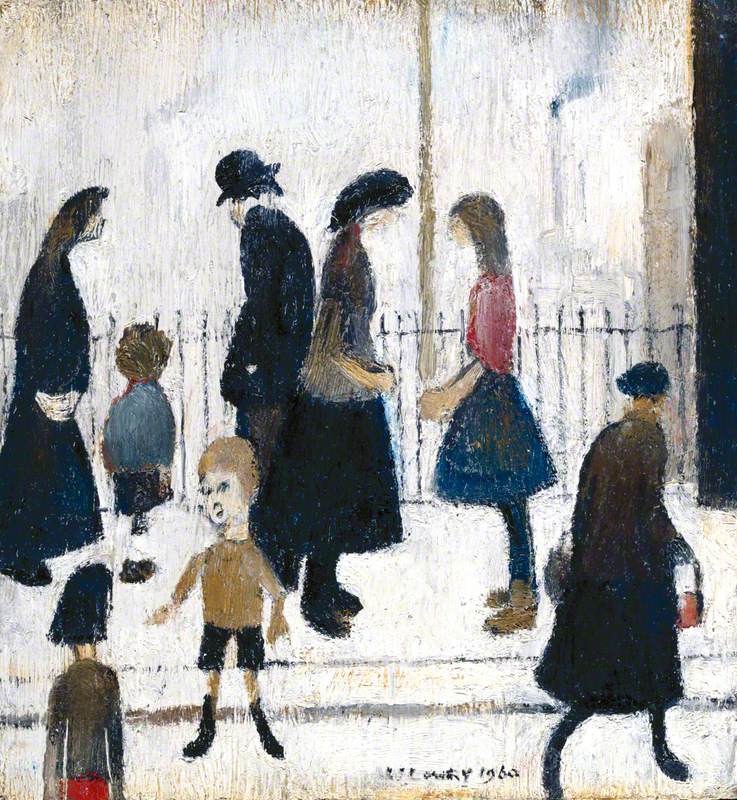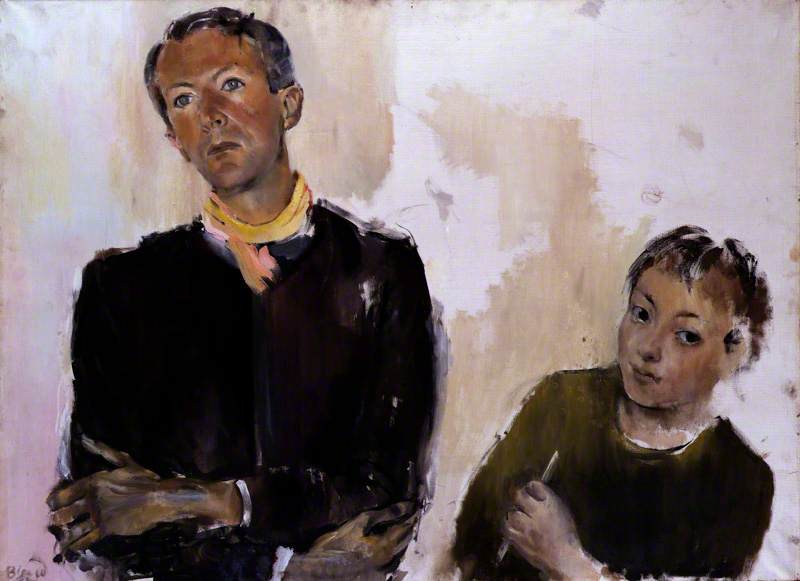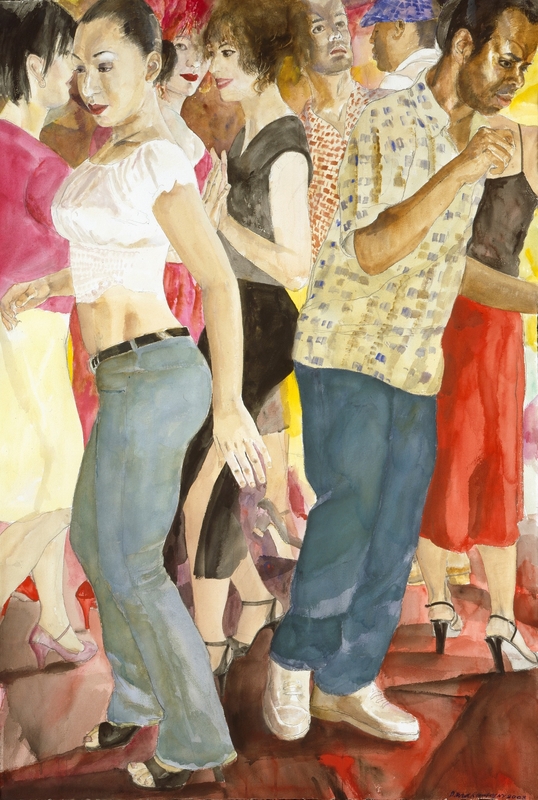The collections which have been acquired and accumulated by the Royal Academy (RA) since its foundation in 1768 are a wonderful resource for the study of British art, since every major artist who has been elected as a Royal Academician has been required to donate a so-called diploma work. Unfortunately, this did not apply to the founding members.
But luckily some of their work was acquired anyway, like Reynolds’ informal and unfinished portrait of the painter Francis Hayman (1708–1776), who had been the President of the Society of Artists (the artists’ organisation which preceded the Royal Academy), and his much more official portrait of the Treasurer, Sir William Chambers (1723–1796).
I always have the impression Reynolds didn’t really like Chambers, whom he nicknamed ‘The Viceroy’, owing to his much closer association to the King and he has made him look faintly supercilious sucking his pencil.
Nathaniel Hone I, one of the founding RAs, is represented by a magnificent Self Portrait in Van Dyck dress. Was he an eighteenth-century Cindy Sherman?
There is a Self Portrait of the young Edward Penny looking revoltingly smug and a Self Portrait of Thomas Gainsborough, who never really liked the Academy, donated by his daughter Margaret in 1808.
In early 2012, I was doing picture research for a short book on the early history of the Royal Academy. As a result, I made much more use of the websites of collections of British art internationally, including, of course, the Royal Academy’s own website. In investigating the early work from the collection, I had the strongest possible impression that the artists of the day were keen to secure their place in history and hoped that the new organisation that they had established was going to improve the status of art (it did) and secure their immortality (it couldn’t). I found the picture research at least as exciting as writing the book, having not previously experienced the brave new world of seeking images on the web.
The Royal Academy’s collection is also available on Art UK, where it has taken its place as part of a grand national collection which is being assembled digitally, the ultimate realisation of André Malraux’s dream of a ‘Museum without Walls’.
Charles Saumarez Smith, Secretary and Chief Executive of the Royal Academy of Arts
Charles’s book The Company of Artists: The Origins of the Royal Academy of Arts in London is published by Modern Art Press and Bloomsbury.
